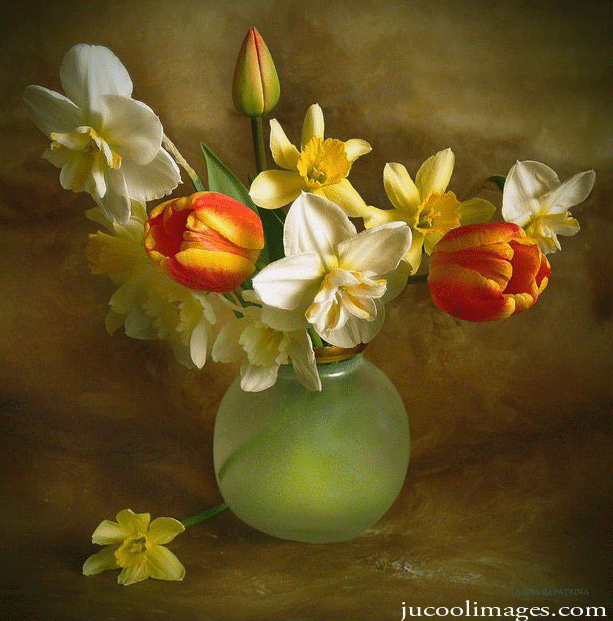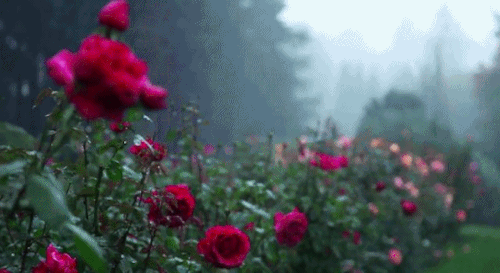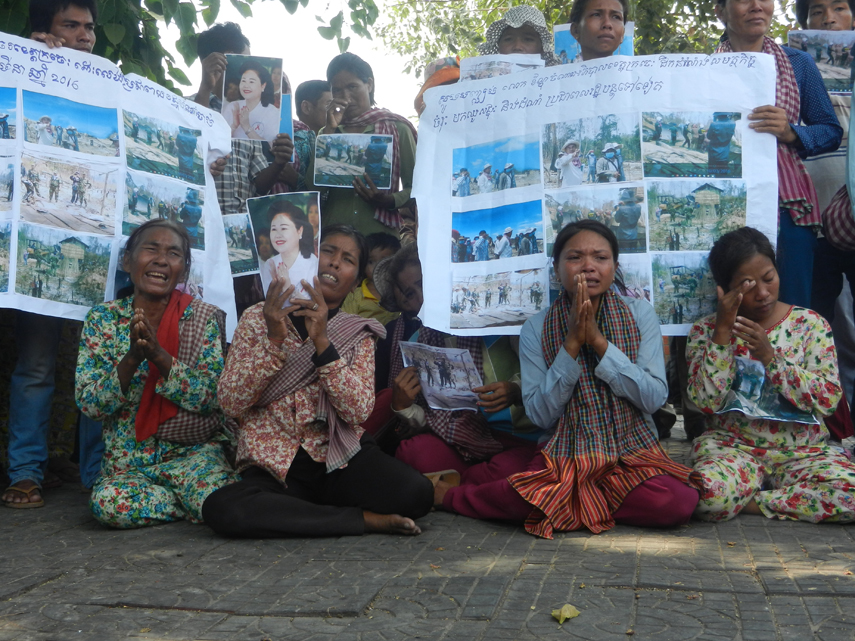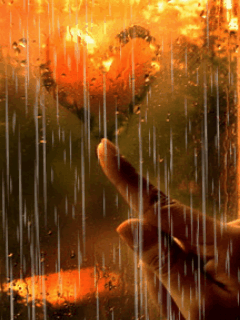Empty Cognizance
~Tulku Urgyen Rinpoche
Try to imagine what it’s like when this moment of empty cognizance suffused with awareness starts to last for a full hour, unbroken. The very first moment of empty cognizance already has the potential for full omniscience, as well as the potential for compassion and loving kindness – the potential ability to protect and help other beings, as well as to manifest the activity that functions for the welfare of all. All these qualities are present, but not fully manifest. The longer this duration lasts, the more the qualities become visible, actualized. They don’t just appear later on, when realization is fully experienced. When the sun rises in the morning, do we have to wait for it to shine for it to be warm and brilliant? Although the noon sun may be stronger than the dawn sun, all of its qualities are present from the very first moment, though they may not be fully manifested. It’s the same in this training. What is essential is to train in order to attain stability.
Please understand that ‘rangjung yeshe’, self-existing wakefulness, is primordially endowed with all perfect qualities. The qualities of enlightenment are not a fabrication or a product. They are not a new achievement, an unprecedented new discovery, or something that we achieve. They are present from the very beginning. It’s like the unchanging brilliance of the sun shining in the sky. It can be obscured by clouds, but these clouds are neither primordial nor intrinsic to the sky; they are always temporary, momentary. What prevents full realization of our innate nature of self-existing wakefulness is the momentary occurrence of thoughts and fixation. Because this occurrence is momentary, it can be cleared away. It’s very important to understand this.











